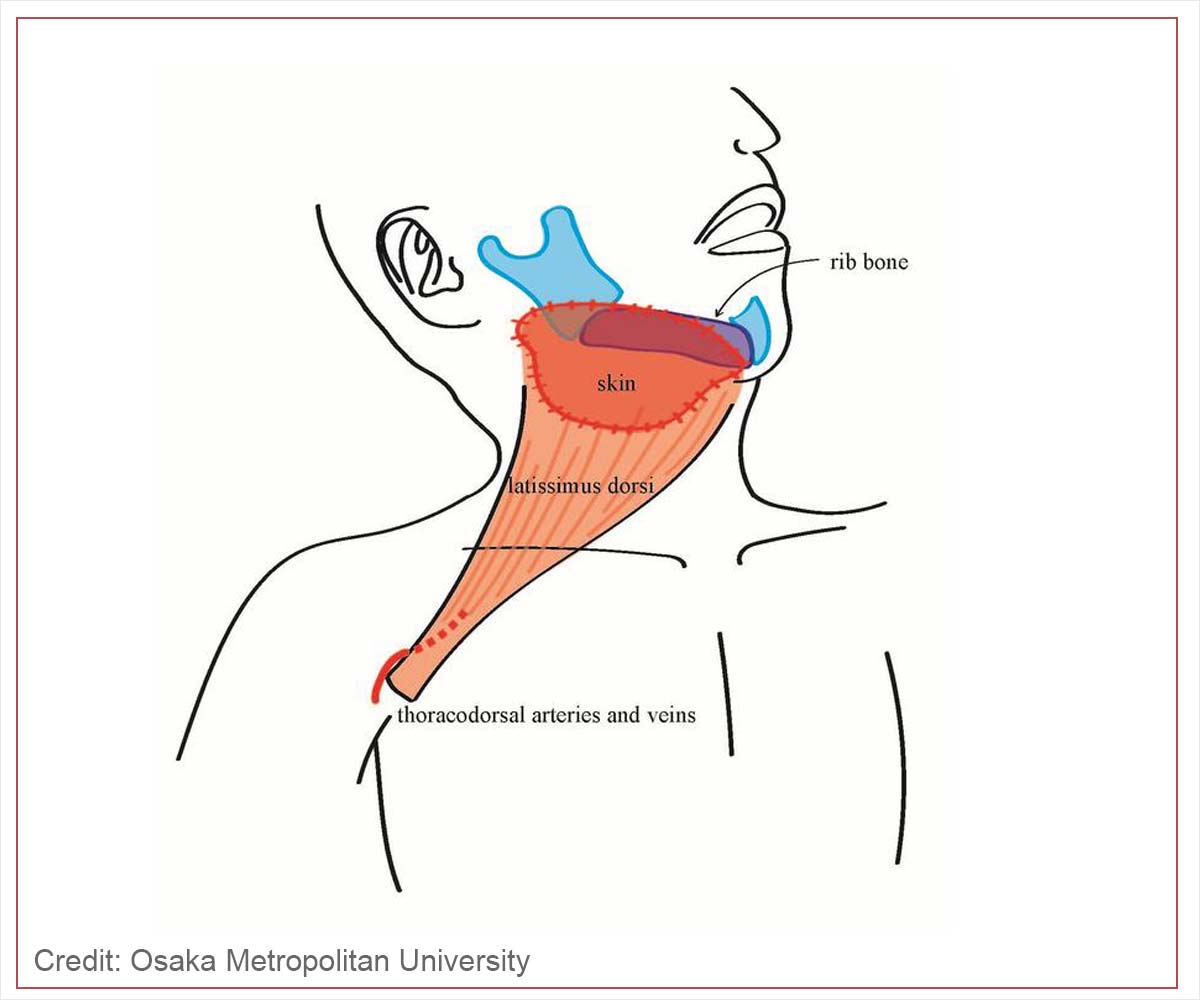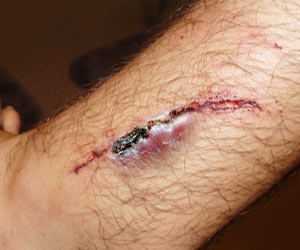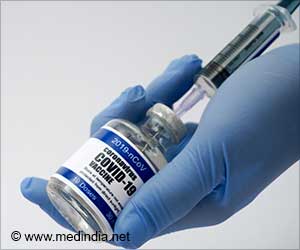Researchers developed a pedicled latissimus dorsi flap for head and neck reconstruction with a 100% success rate, ideal for high-risk patients.

- Pedicled LD flap technique offers a safer, faster alternative to free flaps
- The technique achieved a 100% success rate in 22 high-risk patients
- It ensures reliable blood flow, covering large and complex defects
Reconstruction of head and neck defects is important to cancer patients with head and neck cancer with the goal of restoring the most important functions of the face. Quantitative reconstructed standards made by free flap, which is not much applicable to high-risk clients, like those who undergo irradiation and multi-staged surgery. Newly published research from Osaka Metropolitan University describes a new, safer and faster approach to providing complex reconstruction in-operation utilising pedicled latissimus dorsi (LD) flaps (1✔ ✔Trusted Source
Salvage Operation of Head and Neck Reconstruction Using a Pedicled Latissimus Dorsi Myocutaneous Flap with Distally Positioned Skin Paddle
).
Pedicled Latissimus Dorsi Flap Technique
There are a number of surgical techniques in reconstructive microsurgery and this paper aims at describing what is commonly known as the pedicled latissimus dorsi flap technique.
In traditional free flap reconstruction, tissue is completely harvested from the donor area and is then transferred to the reconstructive site, this procedure demands intricate microsurgical procedure. The new technique, however, involves the use of pedicled LD flap, a flap of tissue that retains some form of attachment to its original blood supplying network and is transferred to the location of the defect. This keeps the flap’s blood supply intact making it safer and less invole which makes the surgery easier.
Unique Modification of the LD Flap
The innovation of the researchers is that the skin portion of the LD flap is sited lower on the back than in usual approaches. The new position, along with LCA located in lateral cutaneous branch of 10th posterior intercostal artery guarantees stable blood supply for the flap. This change enables the flap to cover large lesions on mouth, neck recesses and to support jawbone reconstruction with incorporation of rib bone.
Twenty-two patients with multiple and complex head and neck defects were studied between 2003 and 2024, irrespective of age, sex, race, or type of disability. In all the patients, the pedicled LD flap was successfully incorporated in its new position and thus a 100% success was recorded. This was successfully prevented through the proposed method, and patients’ functions and cosmetic appearance testified to the safety and applicability of the proposed technique in high-risk settings where free flaps are not very practical.
The modified pedicled LD flap technique provides the possibility of head and neck reconstruction especially if the patient contraindicated for free flaps procedures. Since this method of treatment is fast, efficient and safe, it is believed the standard quality of life of patients suffering from reconstructive challenges will dramatically improve. The results were described in the journal Plastic and Reconstructive Surgery – Global Open.
Reference:
- Salvage Operation of Head and Neck Reconstruction Using a Pedicled Latissimus Dorsi Myocutaneous Flap with Distally Positioned Skin Paddle – (http://dx.doi.org/10.1097/gox.0000000000006199)
Advertisement



